#rspb leighton moss
Text
Portrait of a grey heron
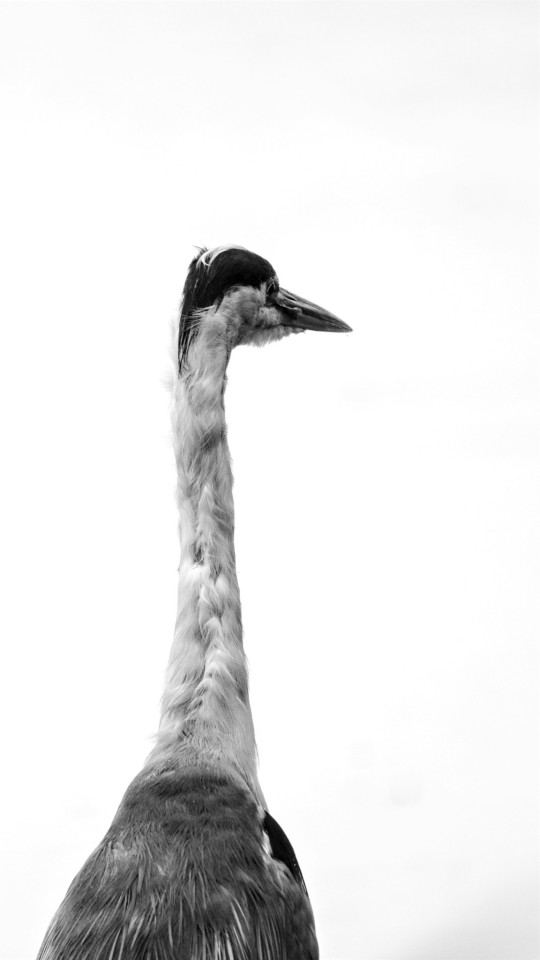
#bird portrait#grey heron#heron#uk birds#nature#wildlife#rspb#rspb leighton moss#rspb love nature#photographers on facebook#photographers on tumblr#photographers on instagram#photographers on flickr#monochrome#black and white photography#bnw photography#original content#original photograph#original work#all my own work
61 notes
·
View notes
Text

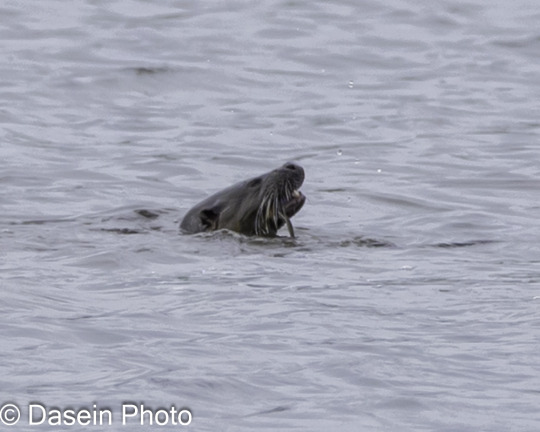
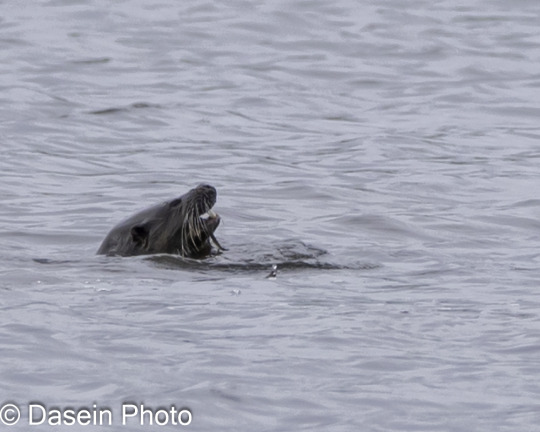
My first otter in the wild.
3 notes
·
View notes
Text
16/12/23
#homestuck fan does bird watching#crazy ik#my video :]#pls say the quality hasnt been crunched#leighton moss#rspb#robin#bird song#bird#birds#video#cute
0 notes
Text
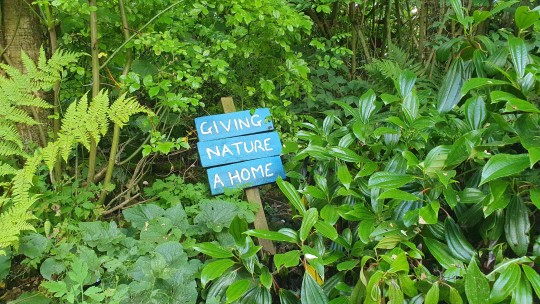
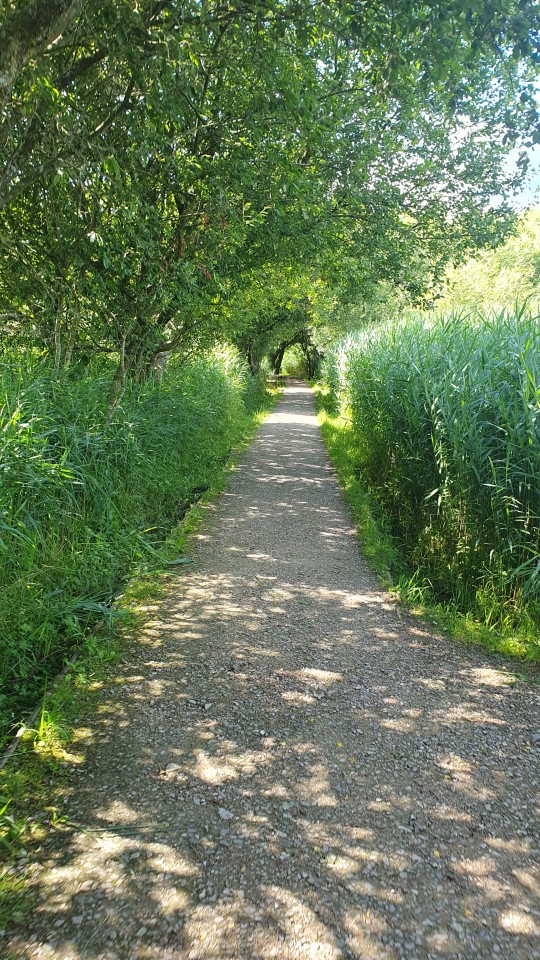



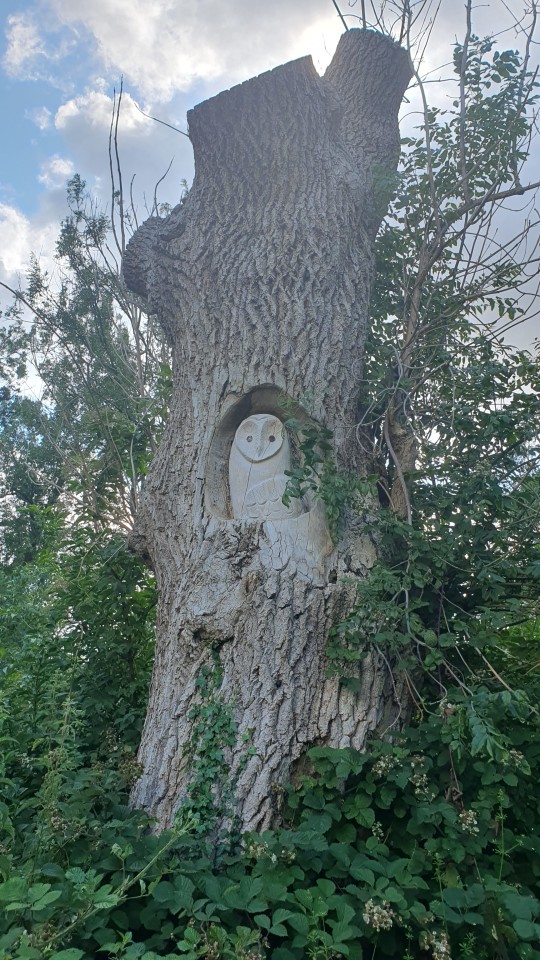

Trip to Leighton Moss.
#cottagecore#Leighton moss#rspb#nature reserve#bird watching#photography#photoblog#snapshot#samsung s10 5g#photooftheday#cumbia
1 note
·
View note
Text
Visiting Arnside & Leighton Moss
Visiting Arnside & Leighton Moss
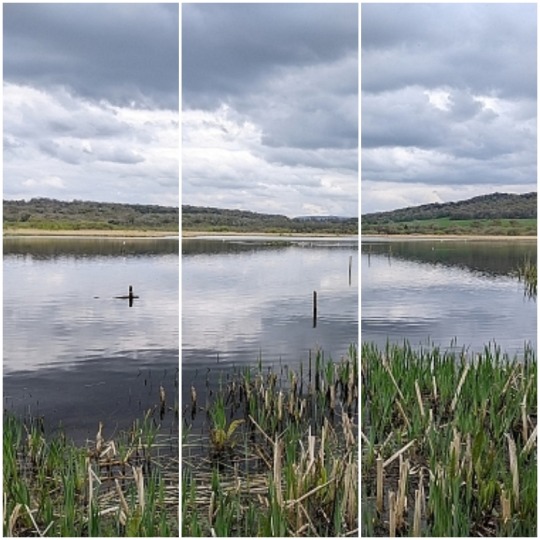
View On WordPress
0 notes
Text
Day Seventy

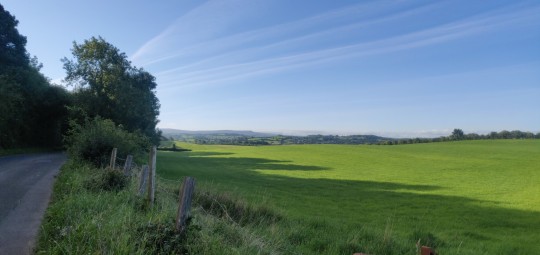




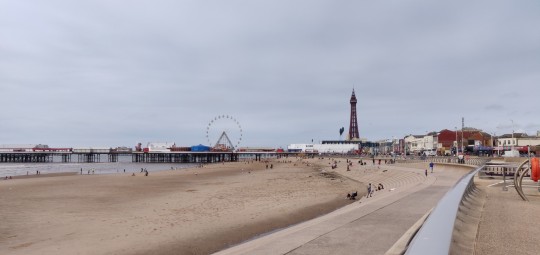
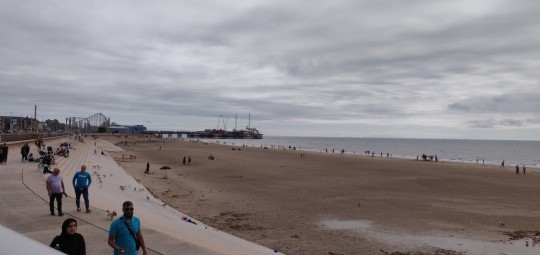
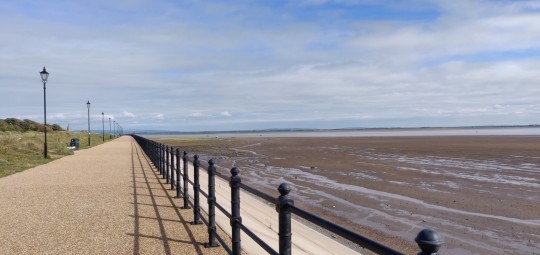
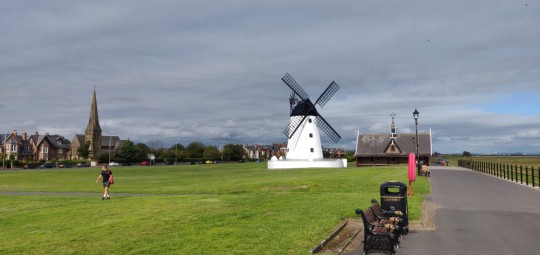
I realised I'd accidentally missed a count whilst dealing with the injury, which means today is in fact the ten week mark!
Up early from the woods by Silverdale, the sun is shining and the wind is low, should be a good day for the mileage!
Today's ride starts out with a nice glide downhill from Arnside & Silverdale AONB and across the wetlands of RSPB Leighton Moss, before rolling into Carnforth for a quick stop for supplies.
From here, it's time to jump on to the canal towpath heading alongside the A6 for some nice level riding. The towpath surface isn't great, alternating between stoney gravel or pockmarked with holes, but it's still enjoyable going through the tunnels of trees along the canalside.
The canal is followed down to Hest Bank, where I swing west to jump onto the coastline for a lovely ride along the seaside across to Morecambe.
The tide is out, and a ceiling of cloud has appeared, but it's high up and still a warm day, with the air clear enough to gaze right across the bay to see Helvellyn and its surrounding peaks in the Lake District standing proudly on the horizon.
After taking in the views awhile, it's time to head back inland along The Greenway cycle path, a great long stretch of smooth paving through some lovely forested sections down to the River Lune and historic Lancaster.
Crossing ove the river via the Millennium Bridge, the cycle route turns and tracks along the River Lune for another few miles all the way down to Condor Green. The path turns to a rocky bridleway halfway along which does slow progress and requires a deal of concentration to find viable routes to prevent the bike shaking me to bits, but what scenery I'm able to take in is still enjoyable.
I opt to take the bike route inland to cut out a section of A road, which ends up leading me into a few stiff climbs as it loops out and back again around the M6, before heading back out westward through Cockerham.
The route here is branded as the "Lancaster Cycleway", but in reality there is no provision whatsoever for cycling infrastructure, and it's a long slog along some busy roads with the wind starting to come in from the west, making for a bit of a tough section across the flats.
With there being no route across the River Wyre along the coast, the route swings south across the fields to reach the toll bridge at Great Ecclestone. Heading a little further south through Elswick, it's a further jaunt through windy country lanes westward along the B5269 as the hills begin to roll in a little.
The day is brightening though, and before long tue busy lanes turn into bugger, busier roads as we ride into the outskirts of Blackpool.
Doing what I can to avoid the seriously heavy traffic through much of town, I carry on westward a little further and hit the seaside again, with a nice sight if the famous Blackpool Tower.
The air is clear enough still to even catch a glimpse of the beautiful peaks of Snowdonia far across the water.
From the pleasure beach, it's time for a jaunt along the promenade. I've really enjoyed riding along a good few seaside promenades through this journey, and the stretch along from Blackpool is some of the best yet.
Some great smooth level riding right along the waterside, with a short jump onto the road before continuing again around the sandy expanses of St Anne's and the nature reserves by Lytham.
The view across the Ribble Estuary is gorgeous, with so much of the upcoming coast on display.
With some big urban stretches ahead, I don't want to progress too much further today and get caught up in them when trying to find a place to sleep, so I resolve to find a spot prior to Preston. But the legs are still feeling energetic currently, so I push on from Lytham and into rish hour.
The traffic on the road by Saltcotes is as heavy as it gets, but with an adjacent cycle path I have a good deal of pleasure pushing on and zooming past the queueing cars as the sun shines out once more, and carey on past Freckleton.
It's a stretch if dual carriageway here, but I'm feeling bullish and start charging down it. I realise I may have miscalculated as the miles grind down as before I know it I'm hitting the outskirts of Preston.
There are aome good cycle paths around here though, and I start following the Guild Wheel route along Savick Brook to scout out some possible stopping points to setup in.
Then I receive a lovely and unexpected present from the wonderful Ellie! Given that my back is still playing up somewhat after my fall, I decide to use it to book into a nice cheap B&B just a little further down the road to give me a nice soft bed to help aid the recovery a little more.
That's been a decent day's progress! Honestly wasn't expecting to get this far on today, but starting out tomorrow this deep into Preston puts me in a great position to get through the main urban challenges tomorrow, and possibly get over the border to Wales. We shall see what the morning holds.
TTFN!
3 notes
·
View notes
Text
Bitterns: Britain's loudest birds are booming once again
New Post has been published on https://petn.ws/o8vfP
Bitterns: Britain's loudest birds are booming once again
6 April 2024 To play this content, please enable JavaScript, or try a different browser Video caption, Bitterns: Britain’s loudest birds are booming once again Britain’s loudest birds are “having an incredible start to the season” after making a comeback in Lancashire. The RSPB reported ten “booming” male bitterns at Leighton Moss, Silverdale, the greatest […]
See full article at https://petn.ws/o8vfP
#BirdNews
0 notes
Text
Leighton Moss RSPB.
When you're visiting the largest reedbed in North-West England and hoping to see a Starling murmuration it's a matter of luck chosing where the Starlings might decide to roost on any particular evening . We were fortunate enough to choose the right spot .
Leighton Moss RSPB reserve is a nature reserve in Lancashire, England, which has been in the care of the Royal Society for the Protection of Birds since 1964. It is situated at Silverdale near Carnforth, on the edge of Morecambe Bay .
Leighton Moss contains the largest area of reedbeds in north-west England, along with lagoons and woodland, and provides habitats for many species of wildlife, including bitterns , bearded tits , marsh harriers and red deer.

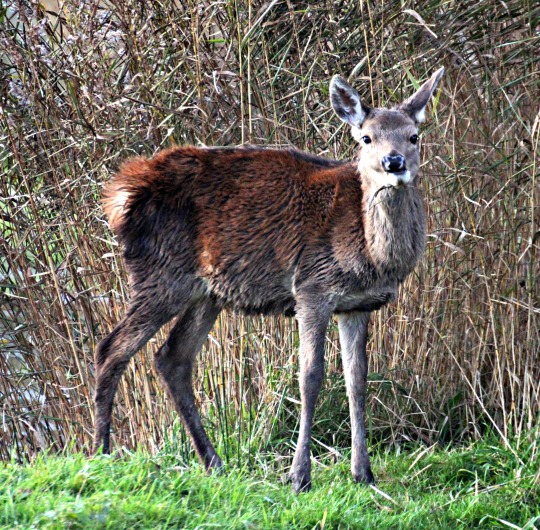
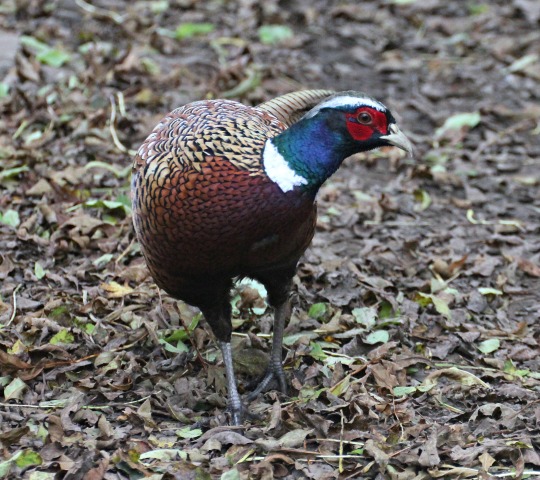
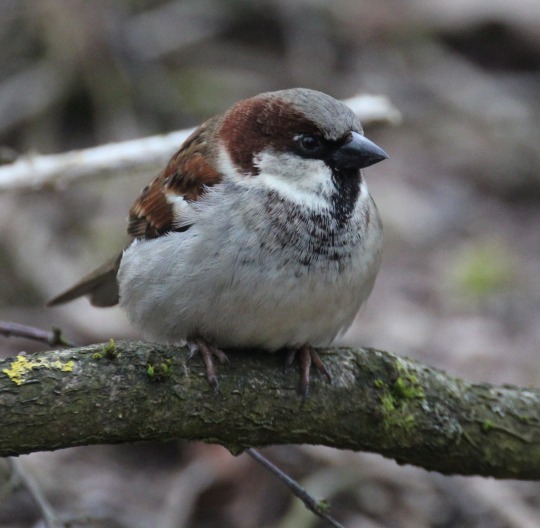
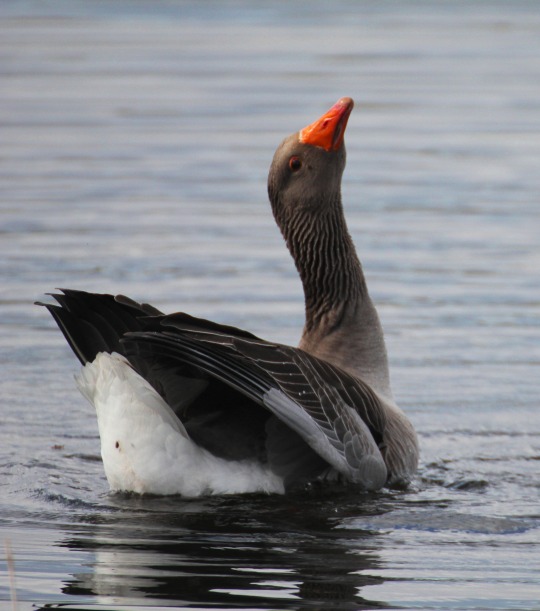
0 notes
Video
youtube
Photographing Bearded Tits and much more at RSPB Leighton Moss
0 notes
Photo

Find peace in unexpected places, and take deeper breaths. Even in the rush of life, you are free to slow down. Feel what you need to feel. Take the time you need to heal. Know that everything will be revealed when it is meant to be revealed to you. ~ Morgan Harper Nichols 🌾 #smallmomentsofcalm #natureforsoul #thebeautifulreal #wildnature #documentyourmemories #autumnvibes #holdthemoments #splendid_vibe #allthingsbotanical #authenticallytold #documentyourdays #thebotanicalseries #seasonpoetry #naturemood #madefordocumentary (at Leighton Moss RSPB reserve) https://www.instagram.com/p/CjVHXdUqyjM/?igshid=NGJjMDIxMWI=
#smallmomentsofcalm#natureforsoul#thebeautifulreal#wildnature#documentyourmemories#autumnvibes#holdthemoments#splendid_vibe#allthingsbotanical#authenticallytold#documentyourdays#thebotanicalseries#seasonpoetry#naturemood#madefordocumentary
0 notes
Photo
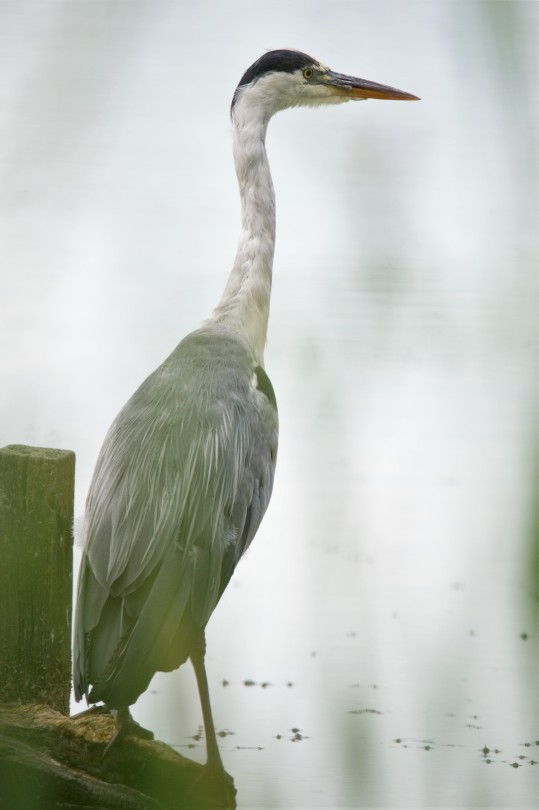
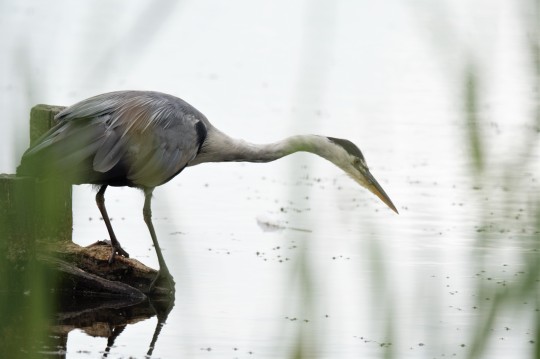
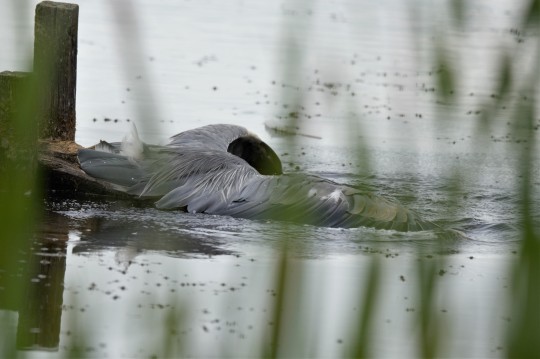
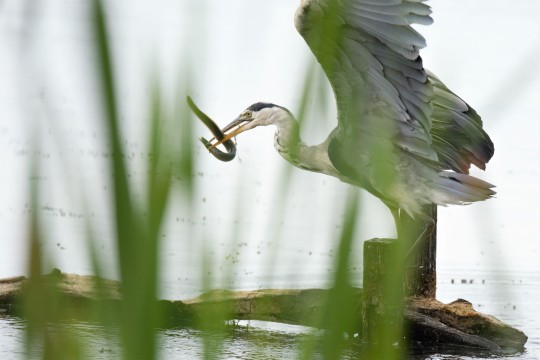
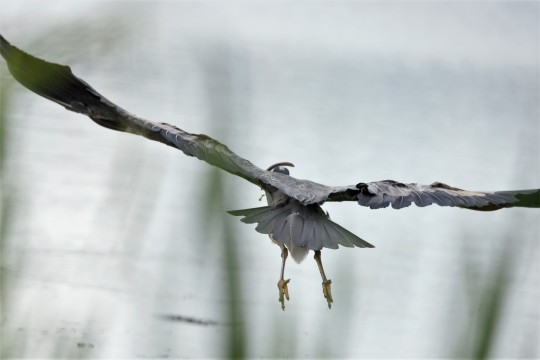
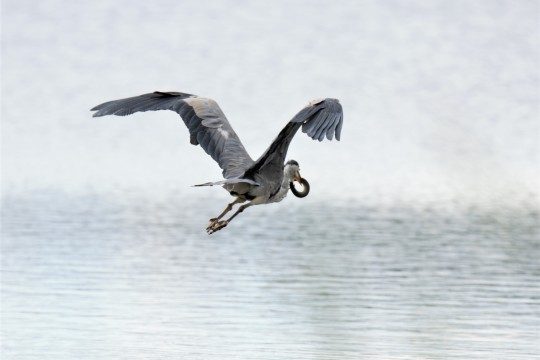

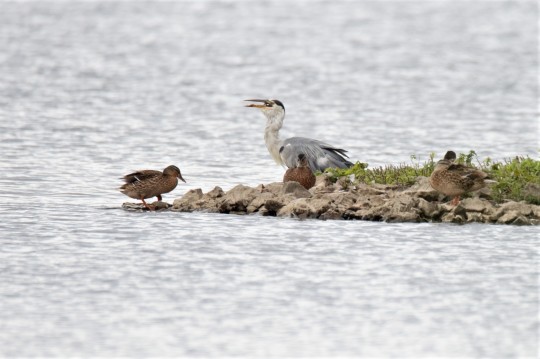
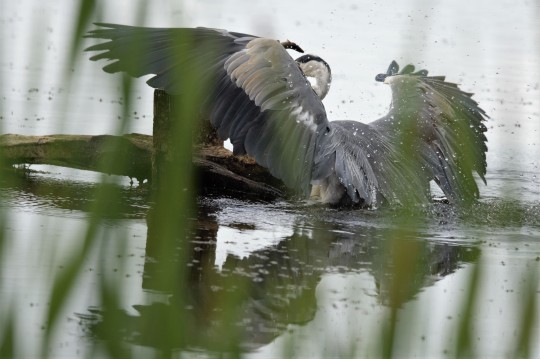
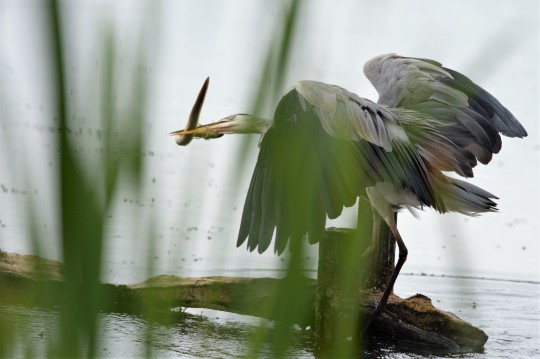
Grey Heron: a good day’s fishing
A sequence of photographs showing a grey heron catching an eel at RSPB Leighton Moss
#heron#grey heron#fishing#birds#water birds#eel#nature#nature photography#wildlife#rspb#rspb love nature#rspb leighton moss#photographers on tumblr#photographers on flickr#photographers on facebook#photographers on instagram#photo sequence#photo story#original work#original content#original photography#all my own work
16 notes
·
View notes
Video
stoat by Robin Bailey
Via Flickr:
Stoat at Leighton moss RSPB reserve
3 notes
·
View notes
Photo
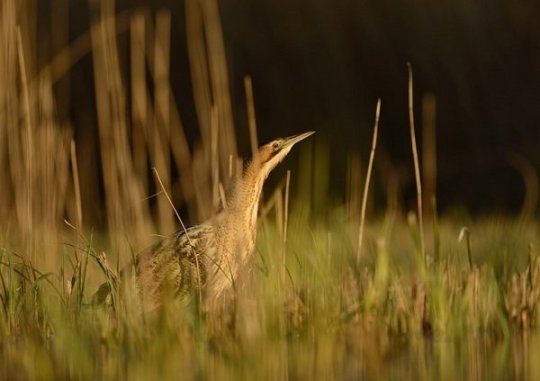
Booming great start to Bittern breeding season For the first time since 1999, there are at least 3 booming males at RSPB Leighton Moss in Silverdale. Bittern populations are monitored by recording the number of ‘booming’ males, so called for their rather unusual birdsong. Full story: https://www.cumbriacrack.com/2020/05/07/booming-great-start-to-bittern-breeding-season/
0 notes
Text
Britain’s best autumn wildlife spectacles
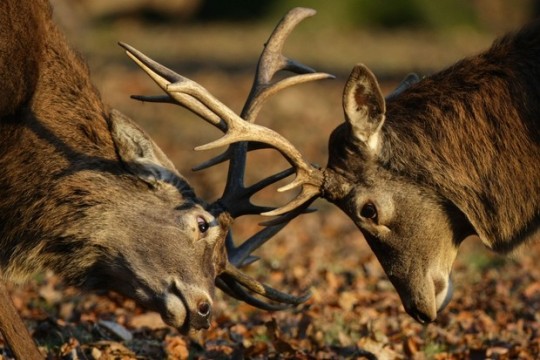
September is the month when autumn really takes hold, as hedgerows bustle with activity and the landscape starts changing. By October and November, autumn is in full swing, and with it comes a host of incredible wildlife spectacles.
Starling murmurations

The starlings flying over Brighton’s Old Pier at sunset Getty
Some of the most magnificent spectacles in nature’s calendar are the starling murmurations that grace our skies from autumn, peaking in late November and early December. Thousands of starlings can be seen taking flight and forming dark shapes, which rise, dip and turn in perfect unison. Sometimes these hypnotic clouds can be made up of over 100,000 starlings as hordes of new migrant birds continue to arrive in Britain each week. Early evening is the best time to view this soiree as starlings take flight to choose their night-time shelters. Malltraeth Marsh in Anglesey, RSPB Leighton Moss in Lancashire and Ham Wall in Somerset are all great places to watch the birds in action.
Foraging red squirrels

Red squirrels are busy foraging seeds and berries for their winter larder
In autumn, red squirrels are busy searching for tree seeds, fungi, berries, birds’ eggs and even sap to fatten them up for winter. They love hazelnuts but have trouble digesting acorns, unlike grey squirrels, who love them. Red squirrels like to look after their teeth by gnawing on pieces of dead deer antler, which are full of calcium. Squirrels have an exceptionally good sense of smell. They can find buried food underneath a foot of snow and know if a nut is rotten without opening it.
Salmon run
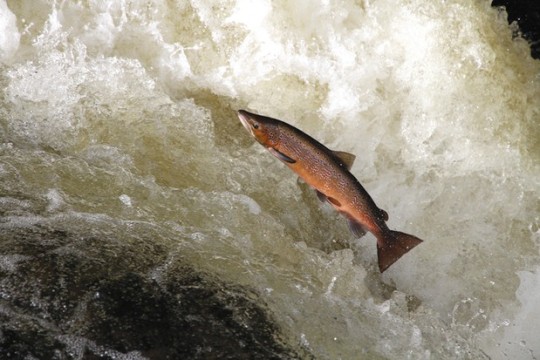
Come autumn, the aim of the salmon is simple – to reach spawning grounds in the higher reaches of clean, fast-flowing rivers where they themselves were born. This is perfect for eggs and milt to intermingle to secure the next generation of this king of fish. Countless obstacles block the salmon’s progress from sea to spawning beds; some, such as nets, otters and fishermen, are ephemeral; others are far more formidable barriers, of which waterfalls are the most spectacular and challenging.
Scotland is one of the best places in Britain to see the salmon run.
Migrant birds departing
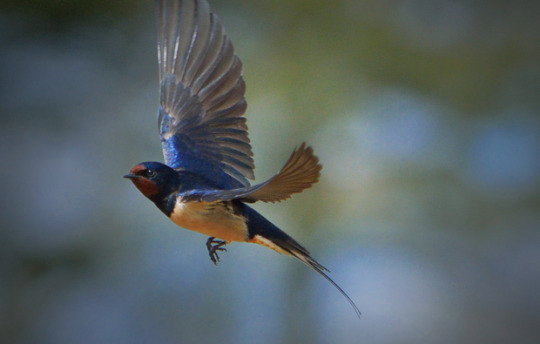
As summer gives way to autumn, birds such as swallows leave the UK for Africa Getty
September is the perfect time to watch migrant birds depart. Popular species such as swallows and house martins begin their journey south, seeking the warmer weather in Africa. Other birds, like puffins and gannets, leave our shores to spend the winter in the sea.
Islands and coastal areas are the best places to watch migratory birds, with the Isles of Scilly famous for their brilliant vantage points for spotting rare birds from North America, Europe or Asia that have been blown off-course by bad weather. It is particularly important to choose the right time of day – early morning and dusk often guarantee the best chance of spotting the birds.
This month the UK also welcomes species that spend the winter in the UK, enjoying the milder weather. Fieldfares, redwings and many kinds of ducks and geese will arrive on our shores. Wetlands are excellent spots to witness the return of thousands of geese and wading birds.
Migrating geese

Barnacle geese arrive from Greenland and Svalbard Getty
Although they began arriving in September, the size of wintering geese flocks peak in the the depths of autumn. Geese including Canada, Barnacle and Greylag will continue to arrive in vast numbers as they stop off in Britain to feed on their journey from the Arctic Circle. Expect to see impeccable V-shaped formations flapping across the skyline in one of nature’s most intriguing displays. Areas on the west coast are most likely to see the greatest numbers of arrivals, but there are a huge number of potential roosting spots dotted around the UK, including wetlands and nature reserves.
Deer rut
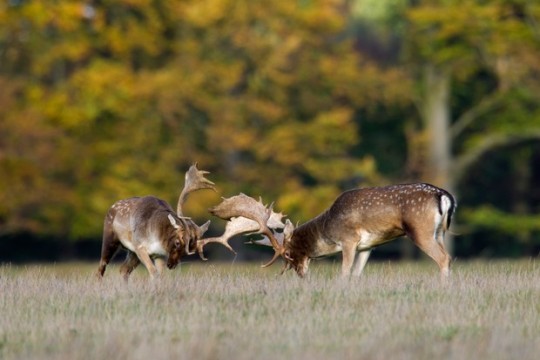
Two fallow deer bucks fighting in grassland during the rutting season in autumn Getty
The annual deer rut is iconic of autumn. A steely sky provides the backdrop for an awe inspiring and violent contest that sees stags lock antlers in battle. Because does are only in their fertile stage for about a day each year competition is ferocious. The rut is a truly tremendous display of power from Britain’s most majestic creature and is certainly one of the highlights on nature’s calendar. Some of the best places to view such a spectacle are the Inner Hebrides, the Isle of Arran, Exmoor, Dartmoor and the New Forest. Watch from a safe distance and be careful not to disturb deer during the rutting season.
Mushroom explosion
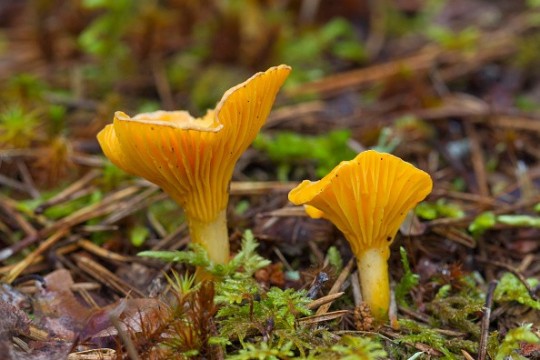
Chanterelle (Cantharellus cibarius) edible mushrooms on the forest floor in autumn woodland Getty
An unassuming but charming spectacle is to be found under your feet this autumn. From September a glut of fungi began to populate forest floors, trees, meadows and fields. This makes for a forager’s wonderland but also presents a brilliant sight to simply observe. A great variety of species have already sprung up so draw your eyes away from the transfixing autumnal trees and onto the ground. The iconic fly agaric is certainly one to look out for.
Giant puffballs
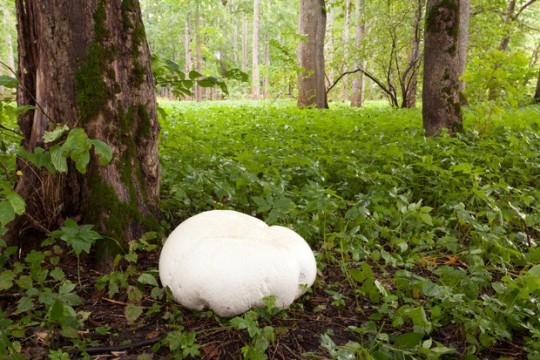
Giant puffball (Calvatia gigantea) growing in woodland Getty
The giant puffball is the largest fruitbody of any fungus and appears around this time of year, often the size of a large football or bigger. It is found in nutrient-rich grassy places such as parks, fields, roadside verges, scrub and woodland. This mushroom is edible when young and still white inside but should not be eaten after it has begun to decompose. The mushroom has also been used in bee keeping. Fumes from smoldering fruitbodies calm bees when placed beneath a hive.
Conkers
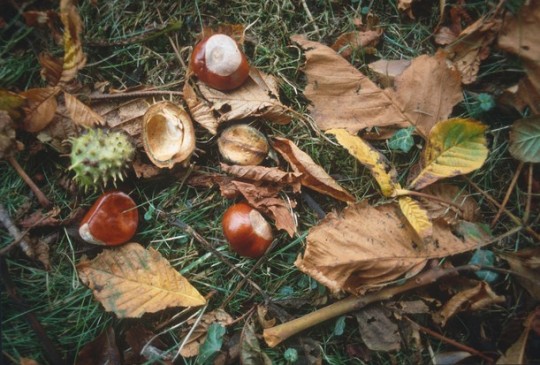
Conkers are a symbol that autumn has arrived Getty
September marks the start of conkers season and a flurry of activity on school playgrounds across the UK. The conker is the seed of the horse chestnut tree and is found in a green, hard, spiky casing. As the casing turns brown, it cracks and the conker falls out. An age-old favourite, the game of conkers involves attaching a piece of string through a hole in the conker and then swinging your conker with the aim of hitting, and eventually destroying your opponent’s conker.
Rosehips
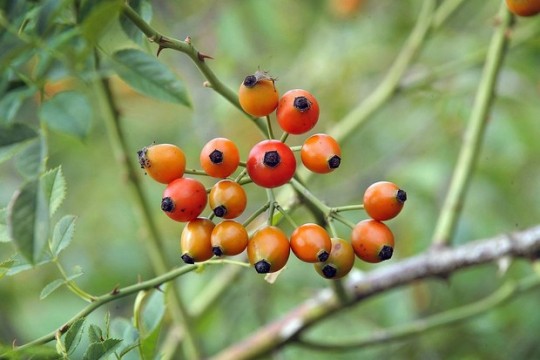
The fruit of the dog rose is known as a rosehip – it can make a delicious cordial that is also very good for you Getty
After the successful pollination of rose plants in spring and early summer, the fruit of the rose, the rosehip, starts to ripen in autumn. Rosehips can be eaten and are widely used to make jam and herbal teas. They are also used frequently to make rosehip oil and are particularly high in vitamin C. Rosehips can be eaten raw but care should be taken to avoid the hairs inside the fruit. It has been claimed by some scientists and well-known actor Larry Lamb that rosehip is a brilliant pain relief for those suffering from arthritis or joint pain.
Goldfinches feeding on seed heads
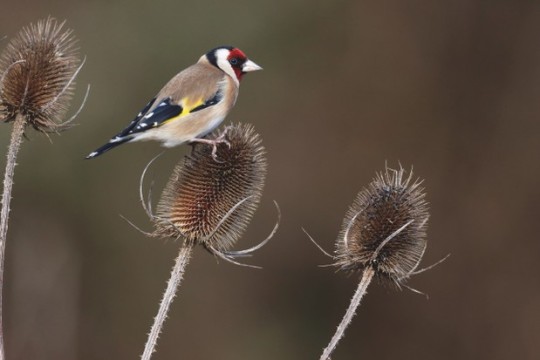
Goldfinch, Carduelis carduelis, looking for food on a autumn teasel Alamy
Keen gardeners should avoid cutting off the seed heads of plants in the autumn, as some species, including goldfinches, love to feed on them. September provides lots of seed heads for goldfinches, allowing them a broad diet of groundsels, ragworts, dandelions and more. Male goldfinches are the only birds that are able to extract seeds from teasel heads, clinging to the stem and tearing into the seed head with their long, pointed beaks. Female goldfinches have shorter beaks and so are unable, like their male counterparts, to exploit the teasel heads.
Barking muntjac deer
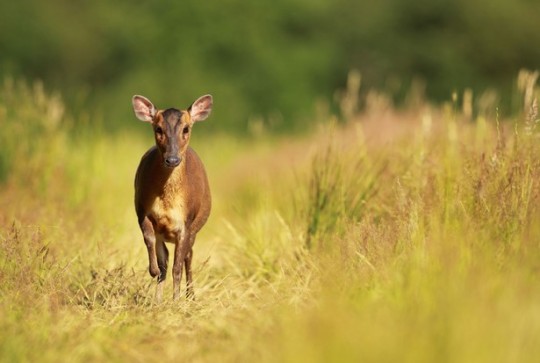
Woof, woof! Listen out for Muntjac deer this autumn Getty
Also known as barking deer, September is the perfect time to listen out for muntjac deer and their loud, characteristic bark. With a large population reaching almost every English county, and even a few in Scotland and Ireland, most people could spot, or at least hear, a muntjac deer relatively easily. Numerous circumstances lead to the distinctive bark, and other sounds include screaming by alarmed deer and squeaking by maternal does and kids. Their preferred habitat is woodland, but muntjac deer have increasingly been spotted in urban areas.
Blackberries

Autumn is still a good time to look for late-fruiting blackberries Alamy
August and September are the best months to pick blackberries. Legend has it that after the end of September, the devil spoils the blackberries after a blackberry bush broke his fall from heaven. This may be a legend but it holds good advice – as the weather gets colder, the blackberries are not as good to eat. Remember to pick carefully, avoiding the lowest berries as foraging animals may have spoiled these. Jams and crumbles are the most popular uses for blackberries, but try making blackberry sorbet or blackberry wine this September. The berries can also be frozen for use at a later date.
https://www.countryfile.com/wildlife/britains-best-autumn-wildlife-spectacles/
Thank you😊❤️❤️❤️❤️
10 notes
·
View notes
Photo
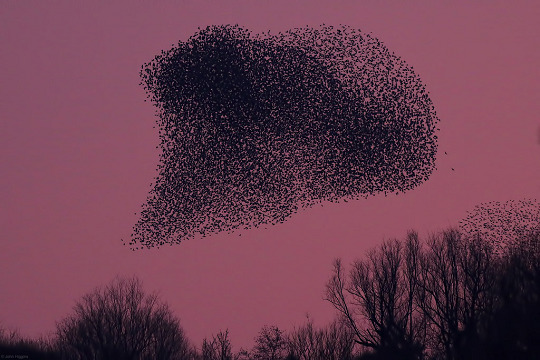
Starling Murmuration, Leighton Moss RSPB, John Higgins
236 notes
·
View notes
Photo
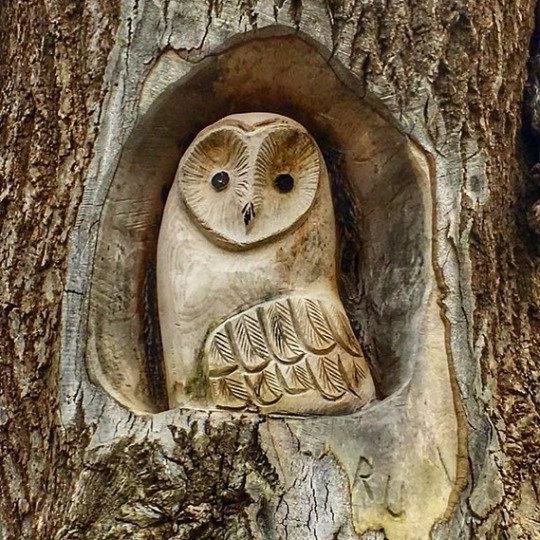
Having been stuck indoors for ages - chest infection NOT #Covid19 - it was lovely get out for a walk in fresh spring air at @rspb_love_nature #LeightonMoss Saw lots of birds totally unfazed by the global pandemic! This Owl seemed particularly chilled 😉🦉❤️ #lancashire #wellbeing #owlsofinstagram (at Leighton Moss RSPB reserve) https://www.instagram.com/p/B91FKQuJ_Th/?igshid=1gnisodisqa8y
1 note
·
View note